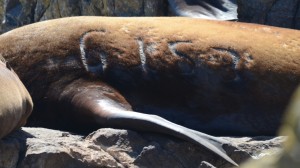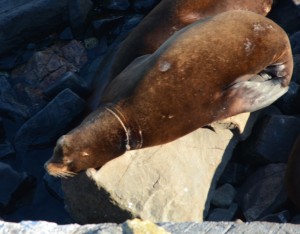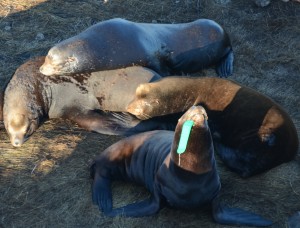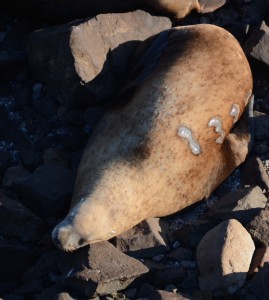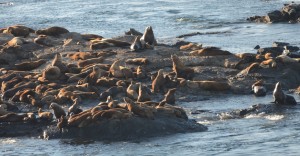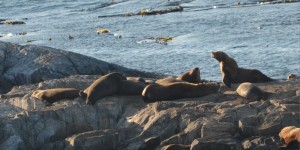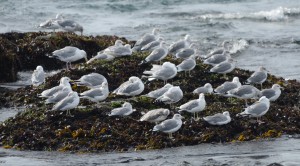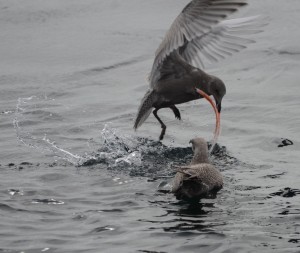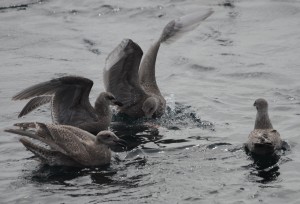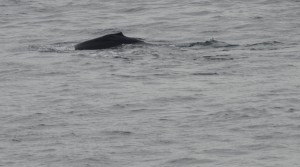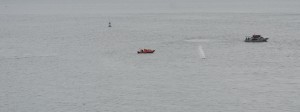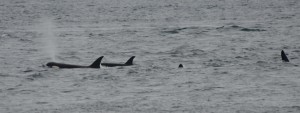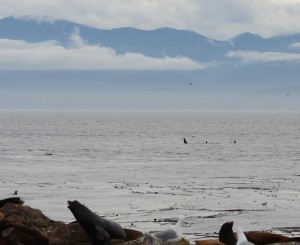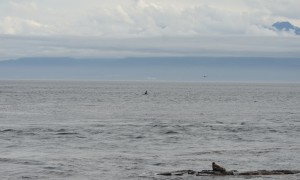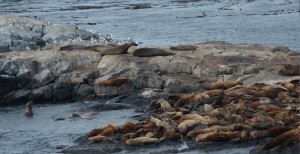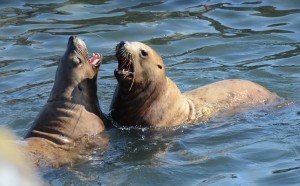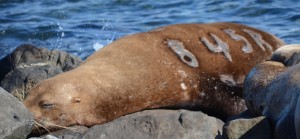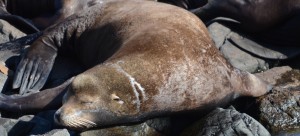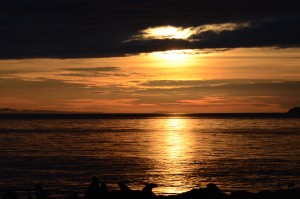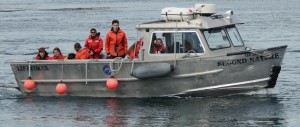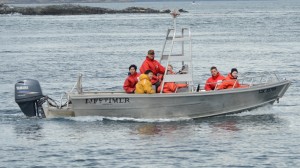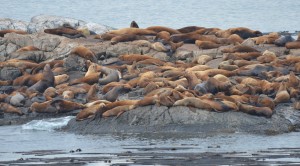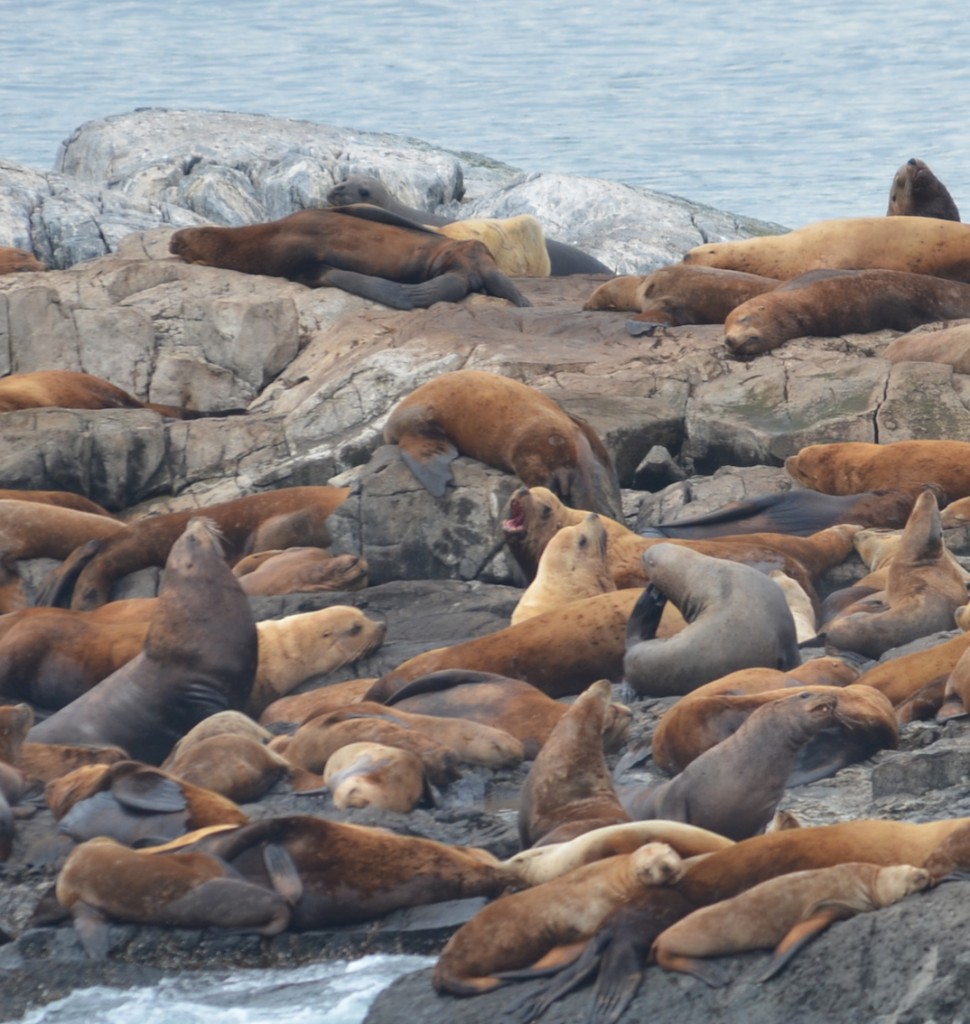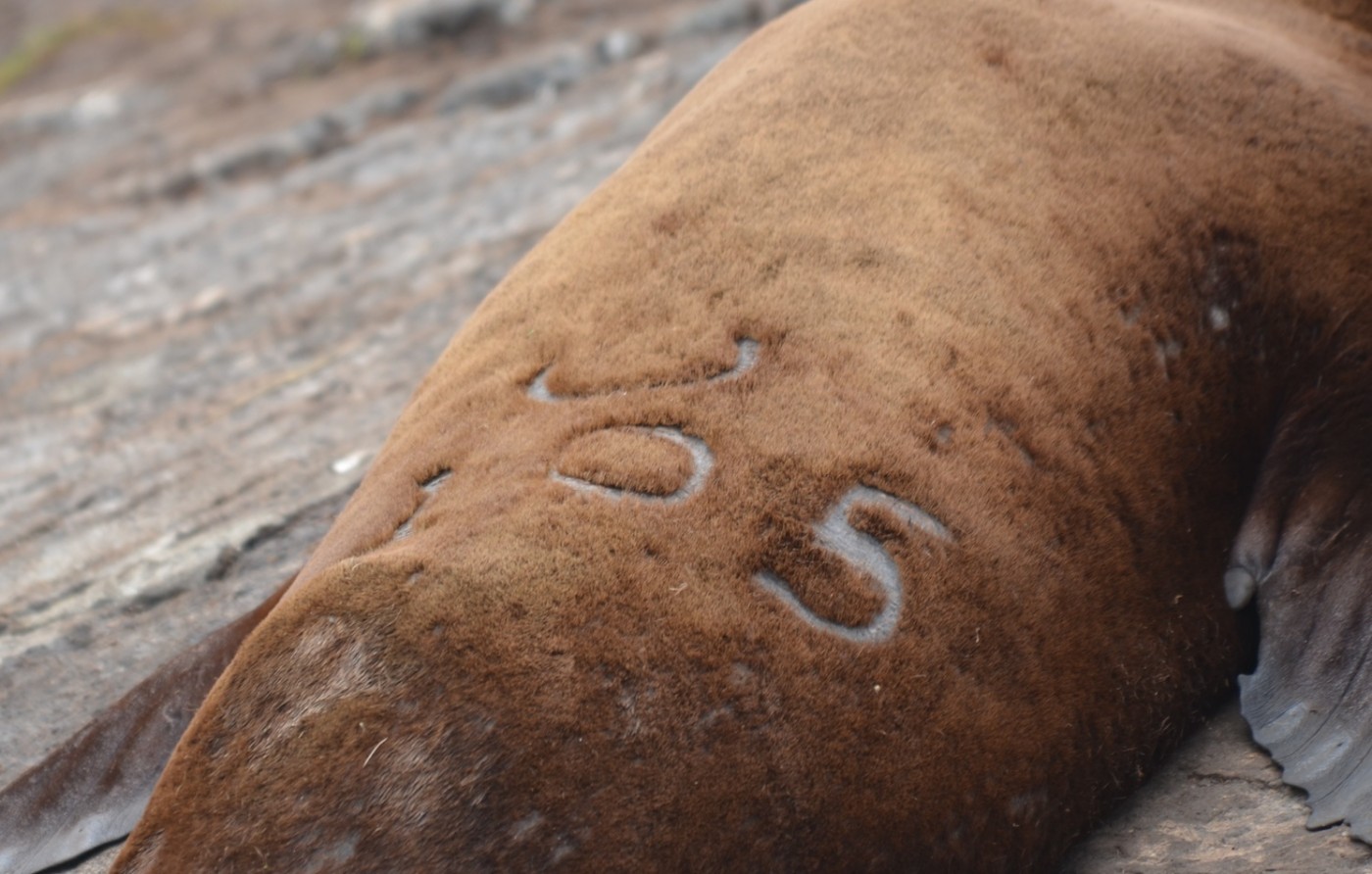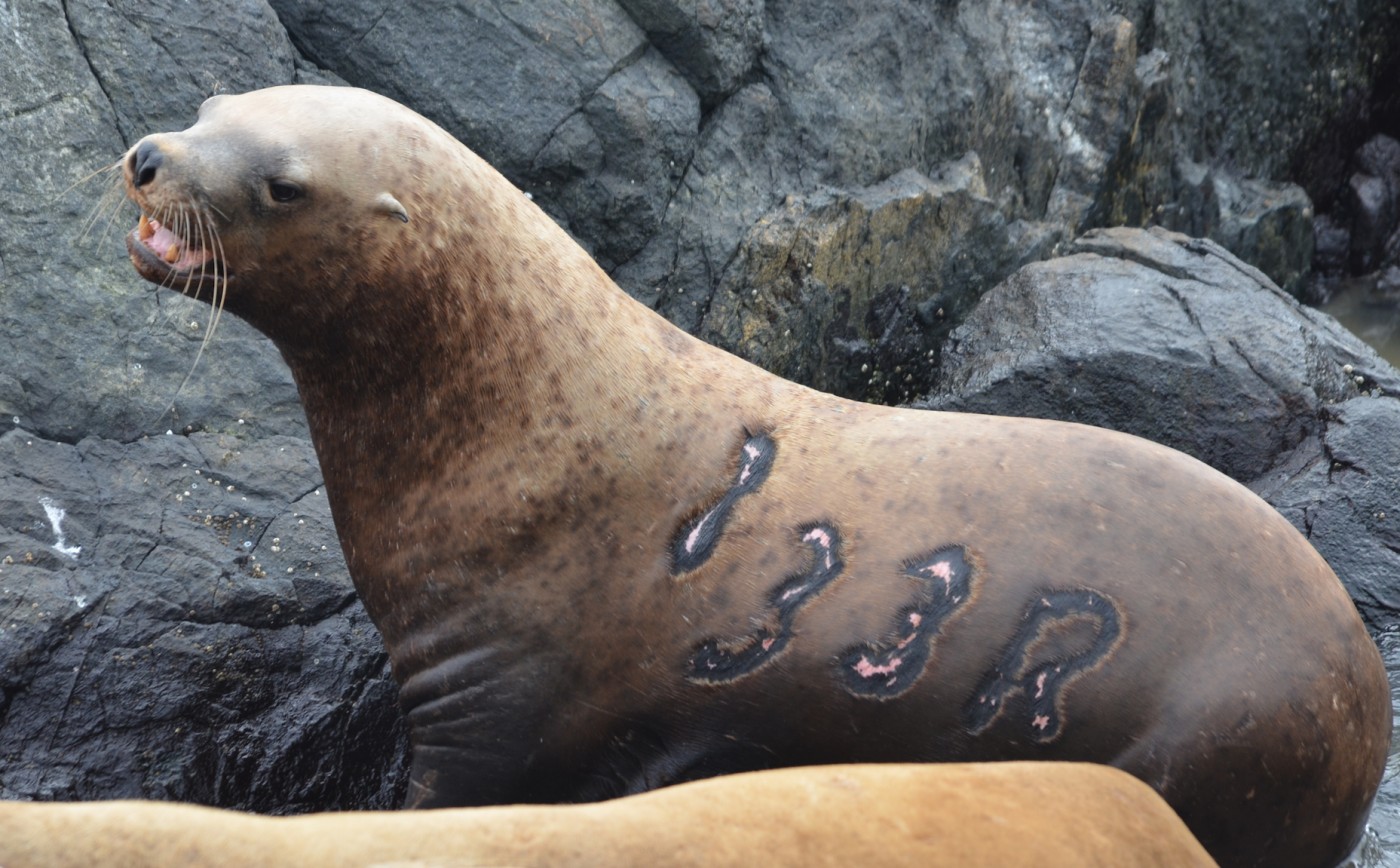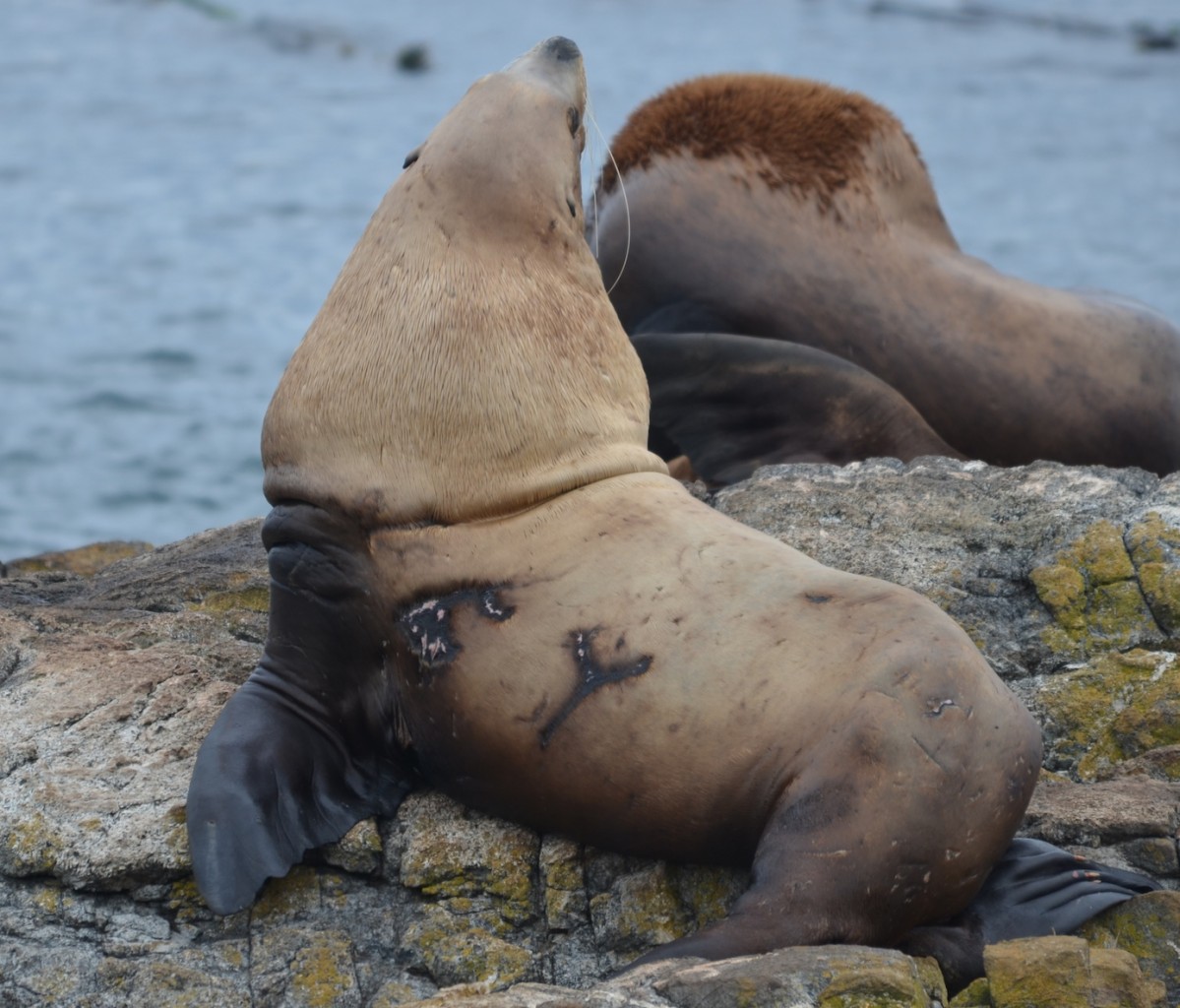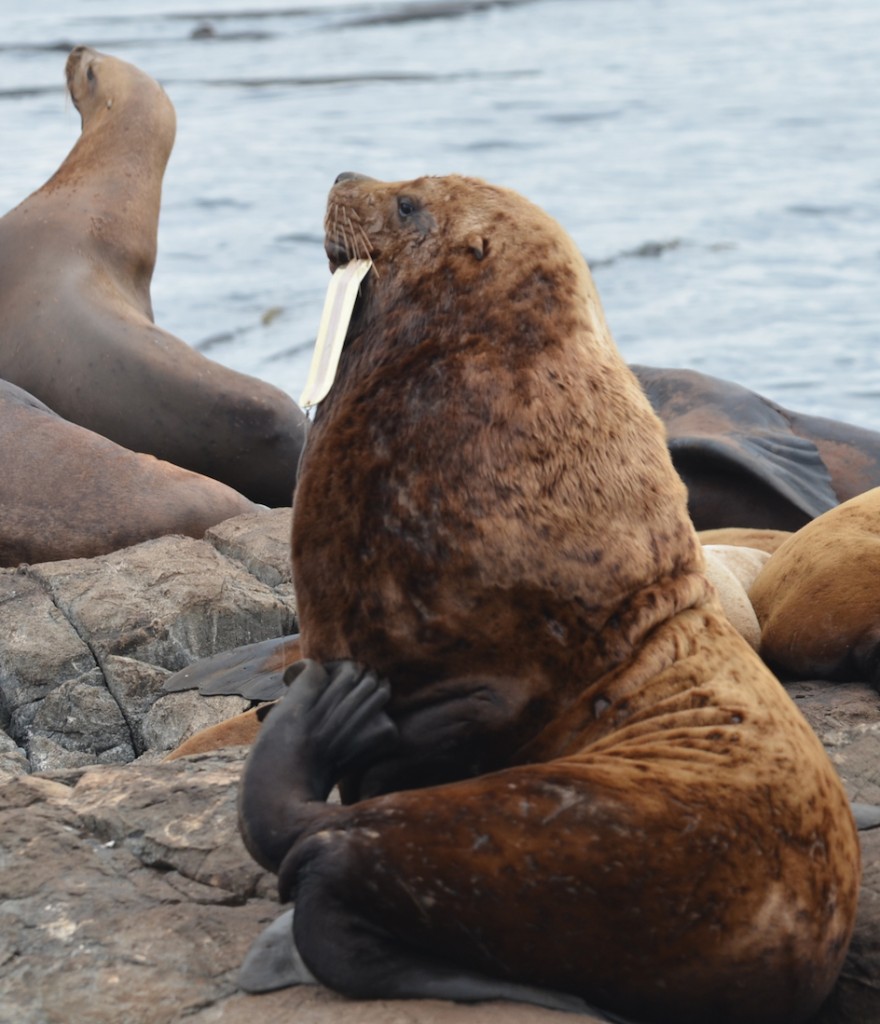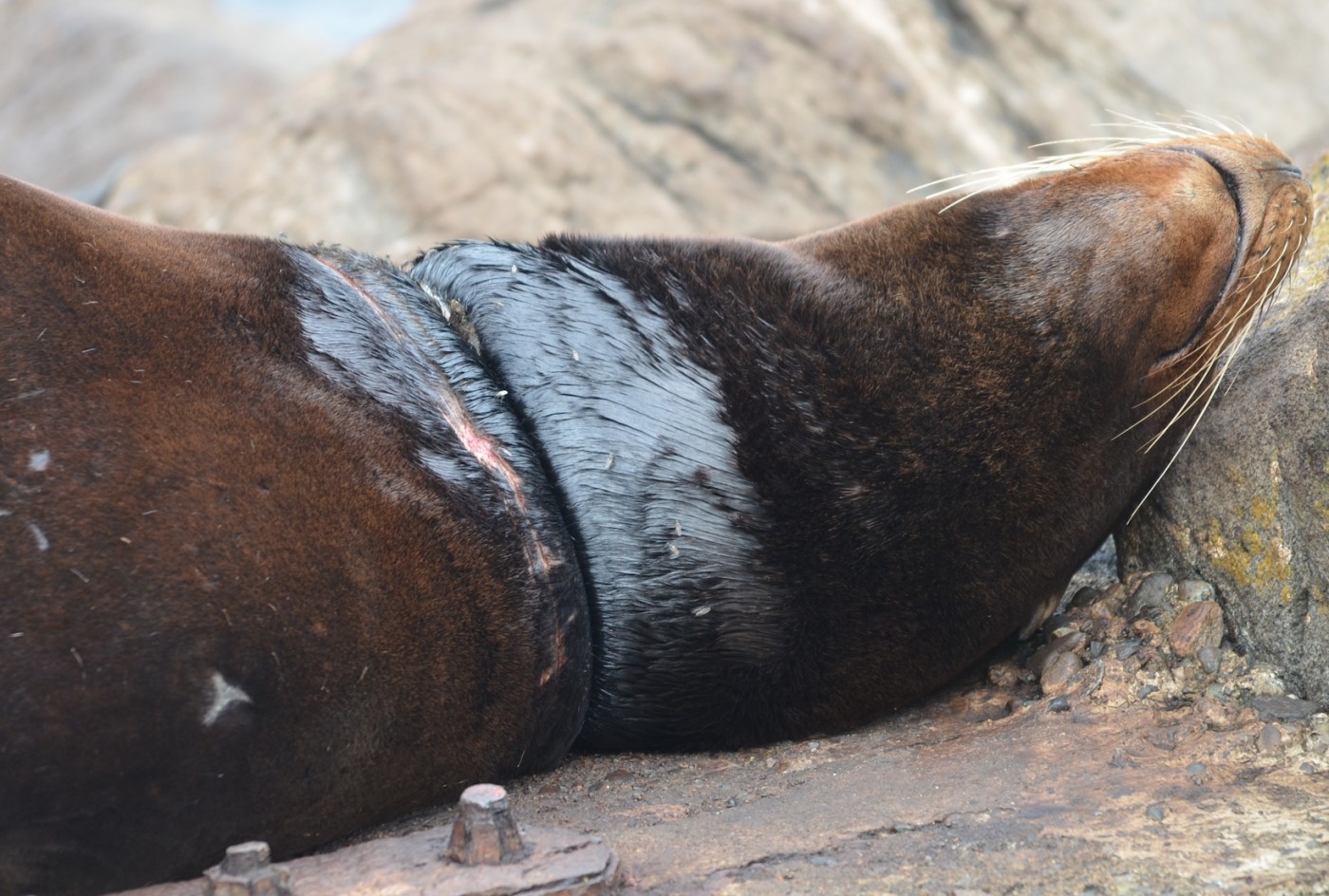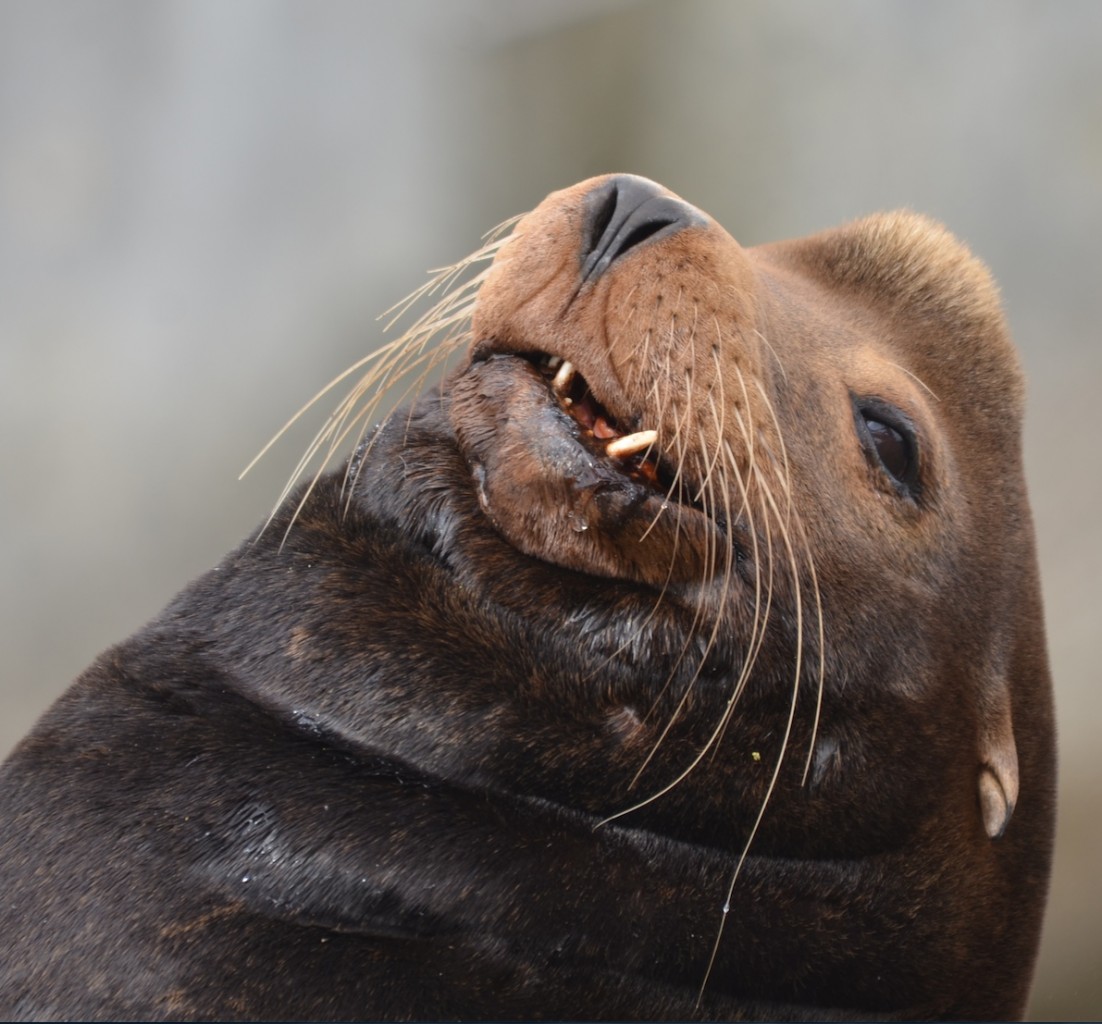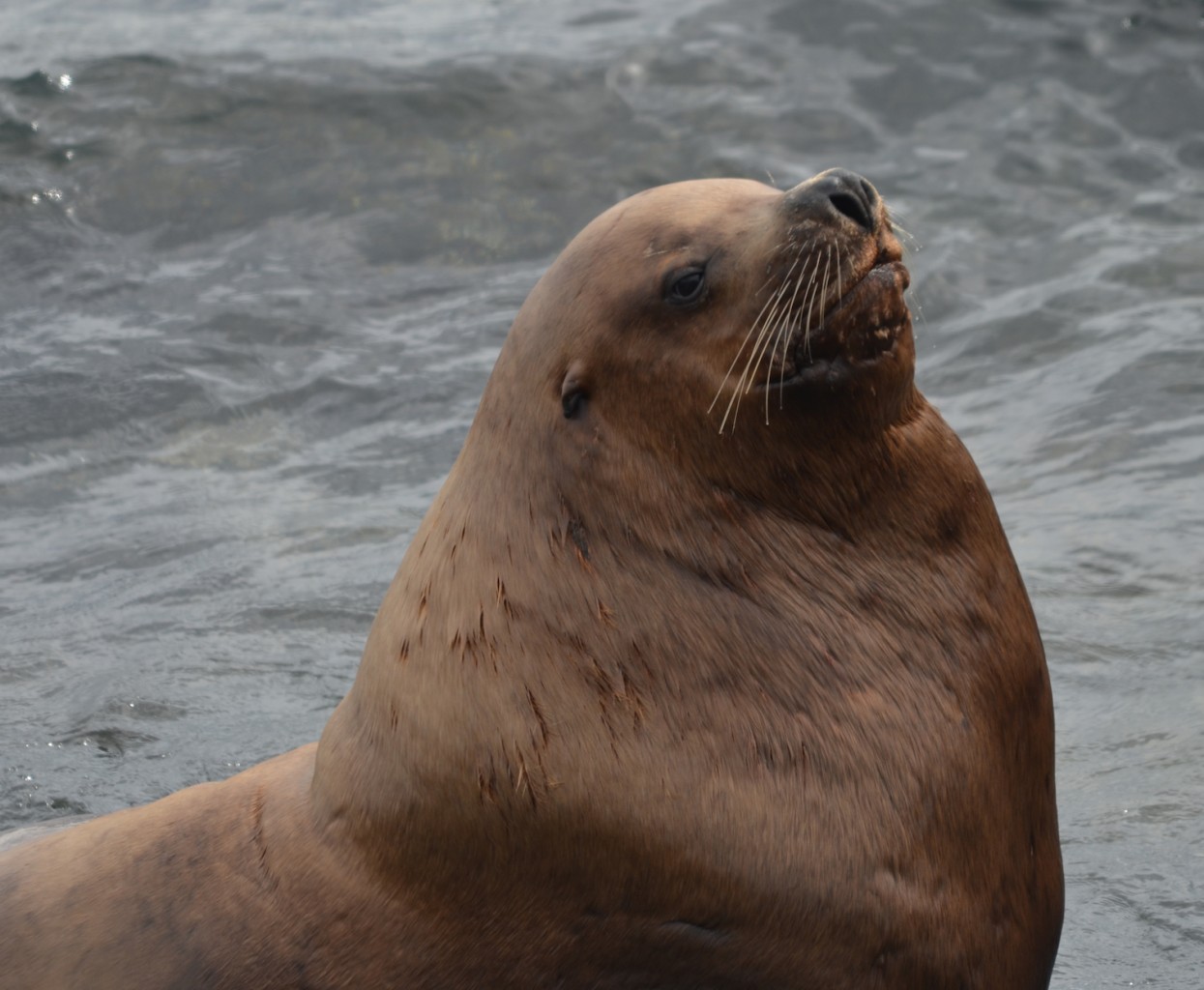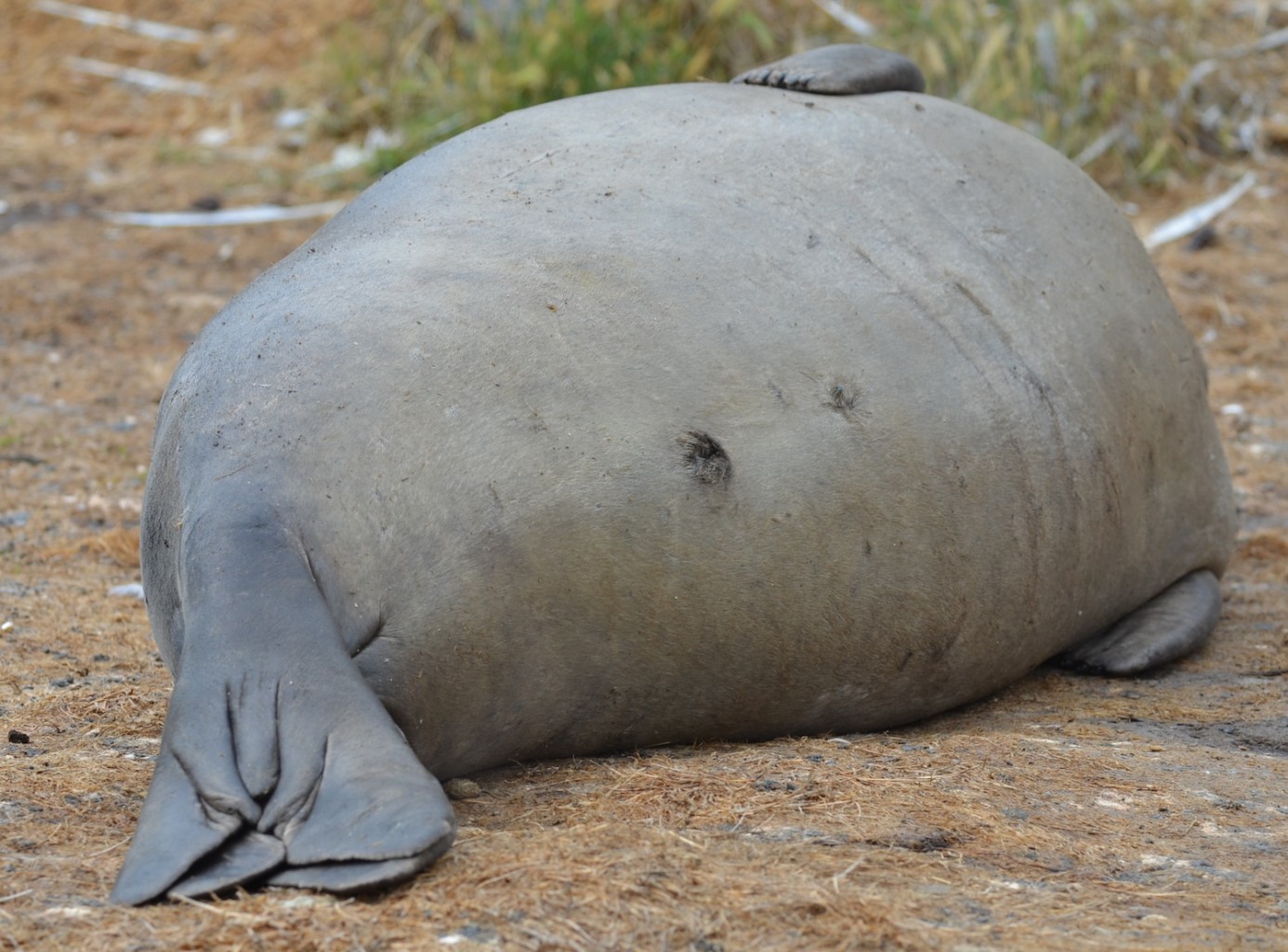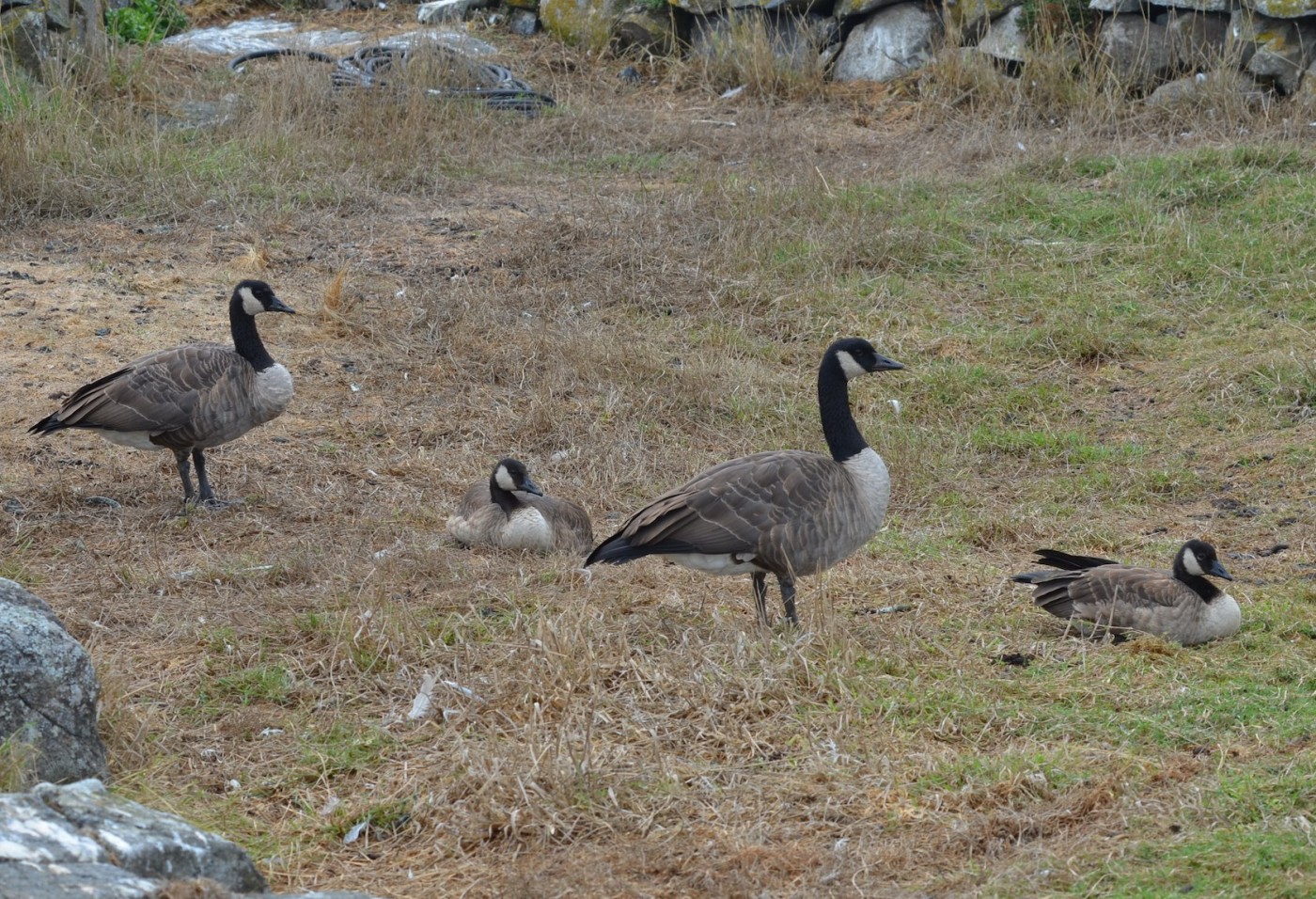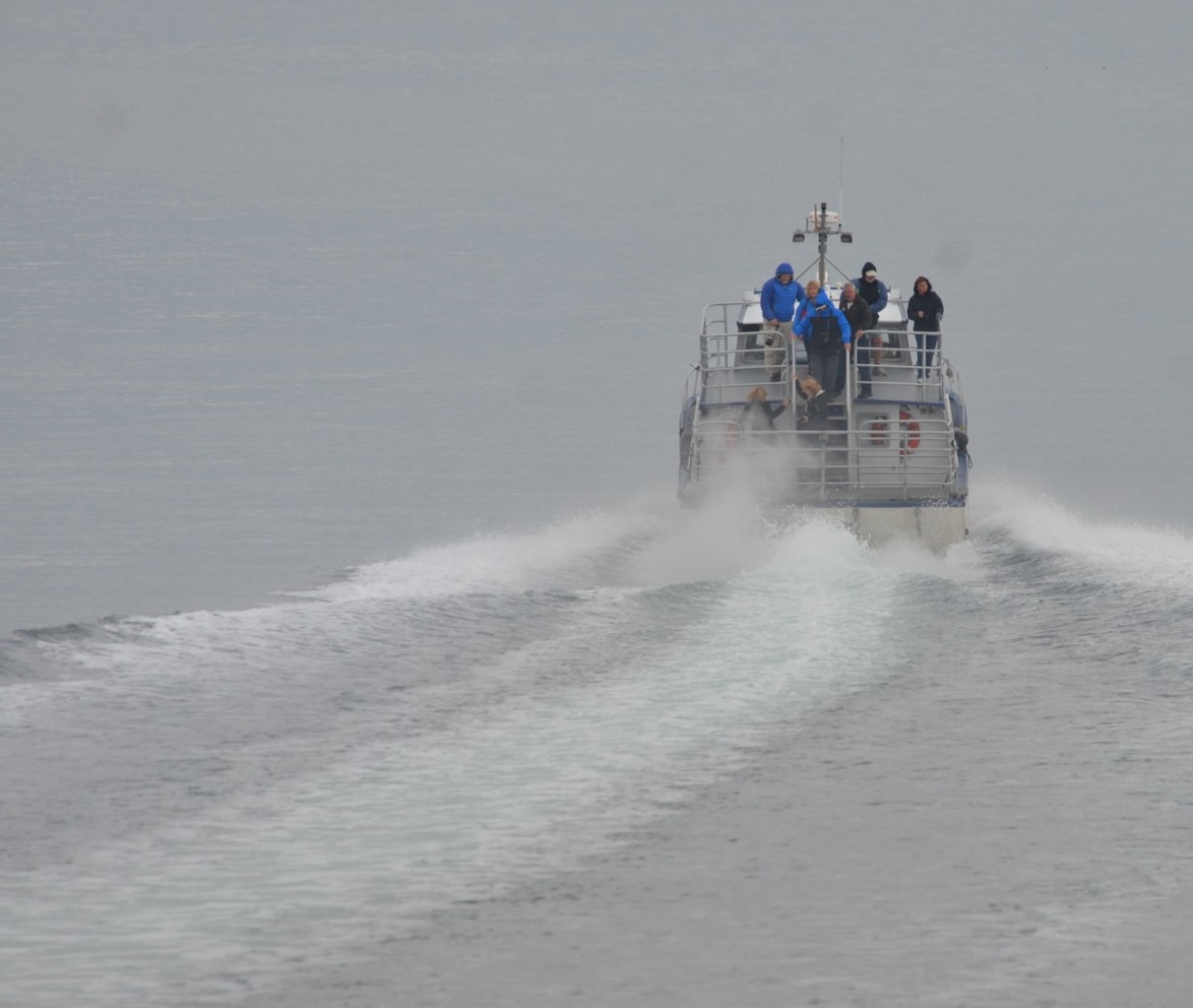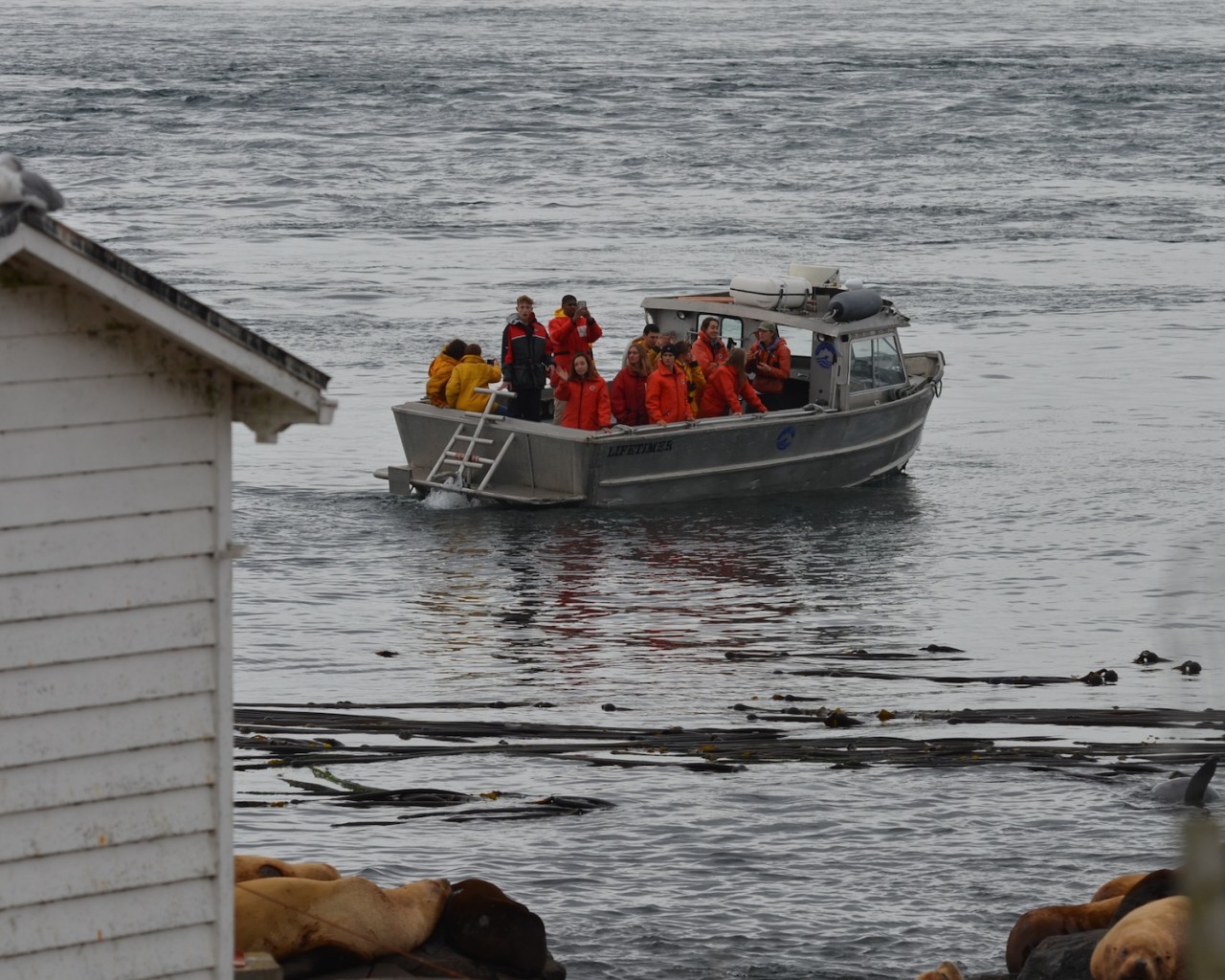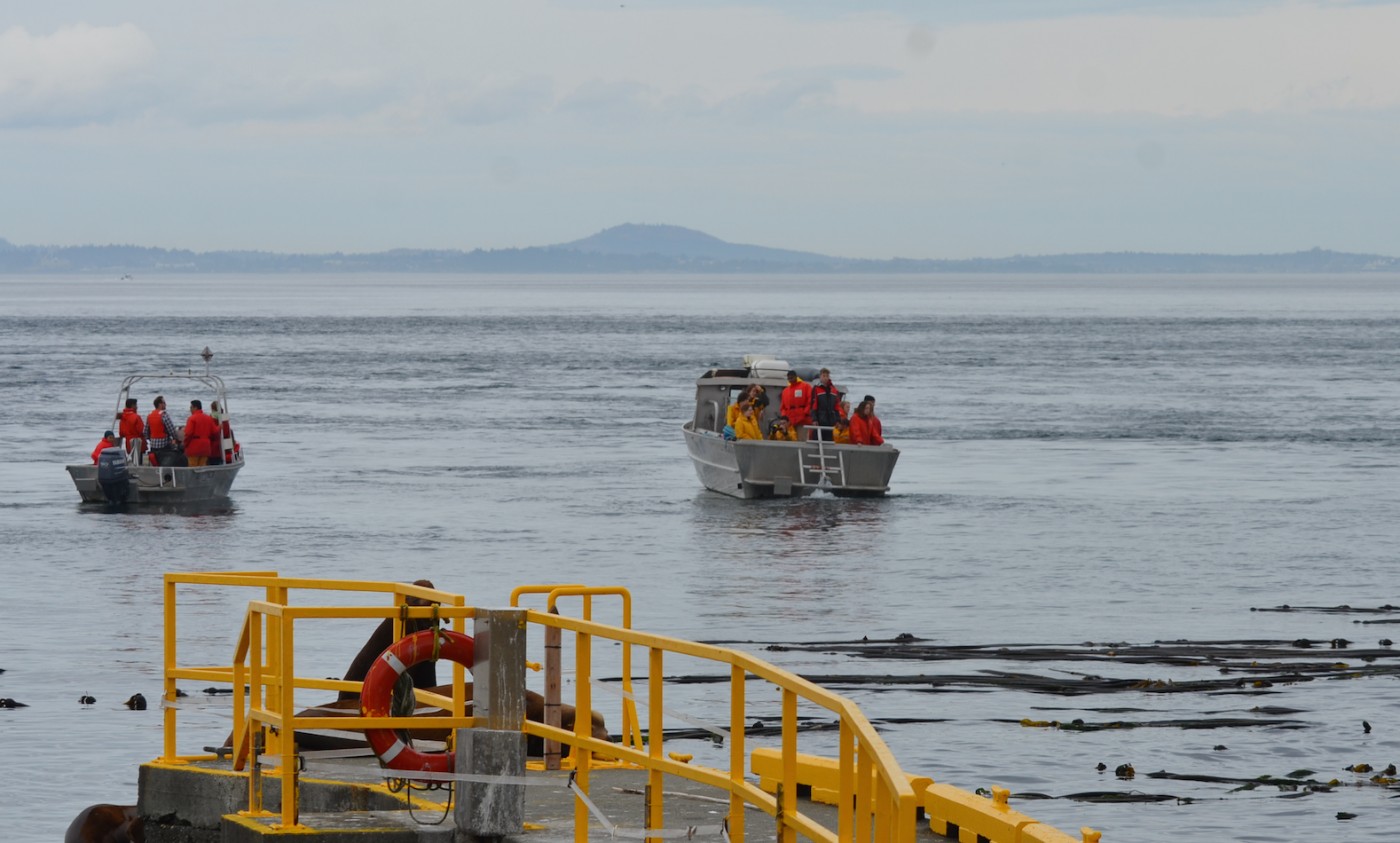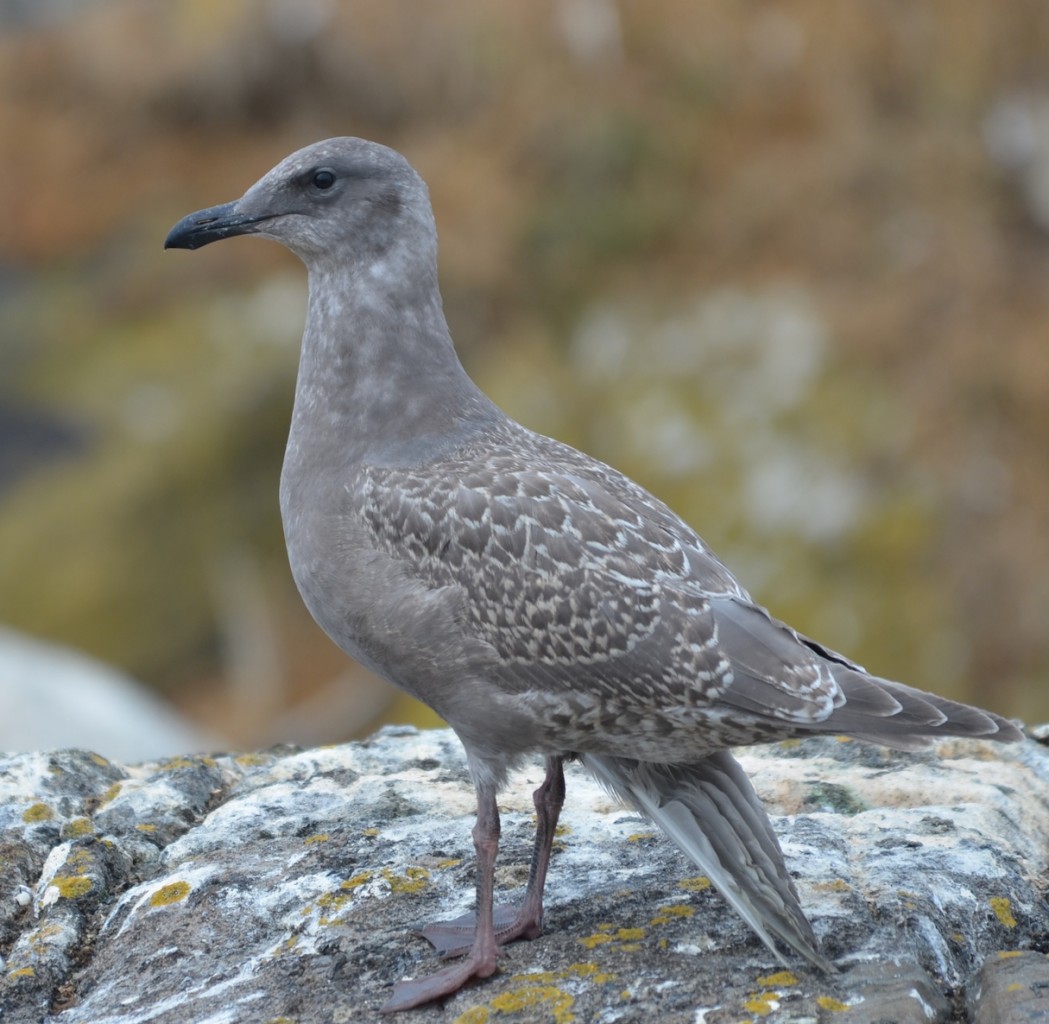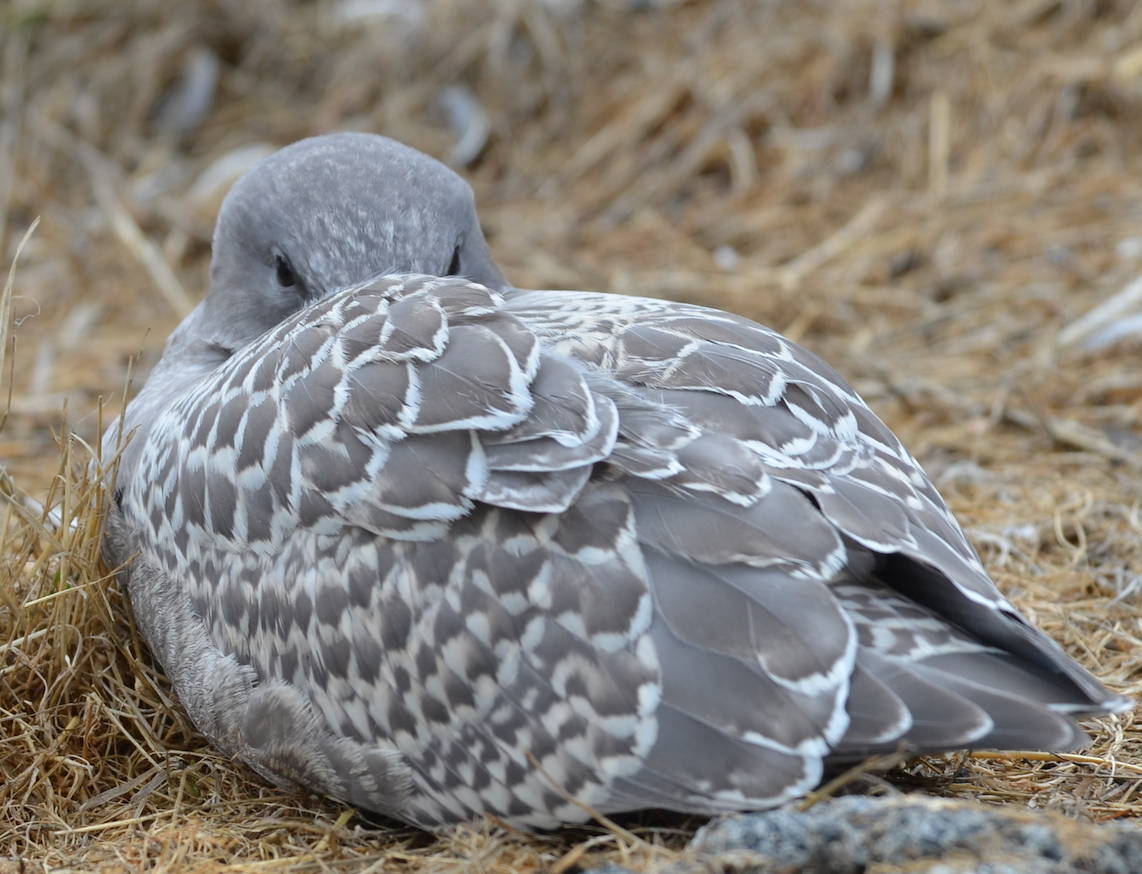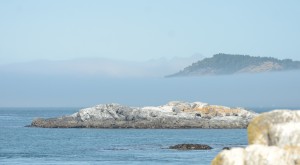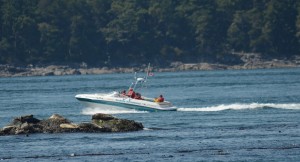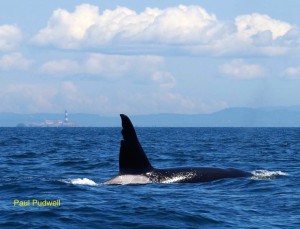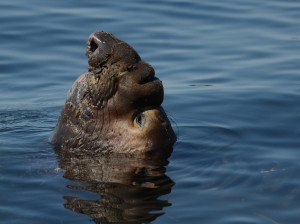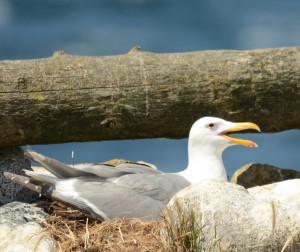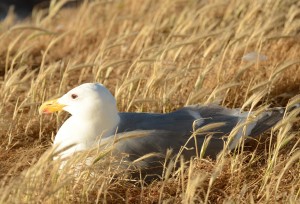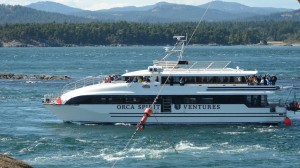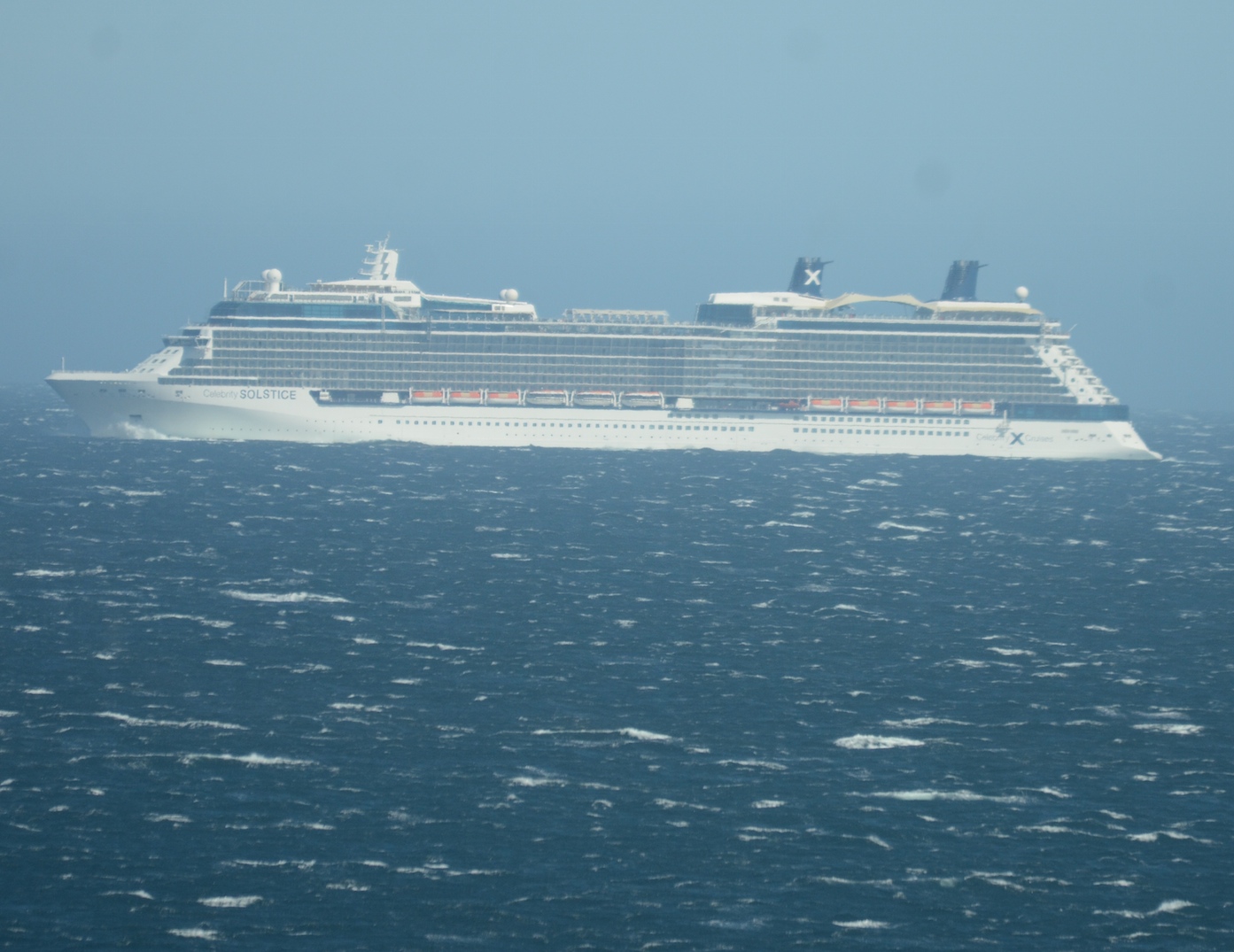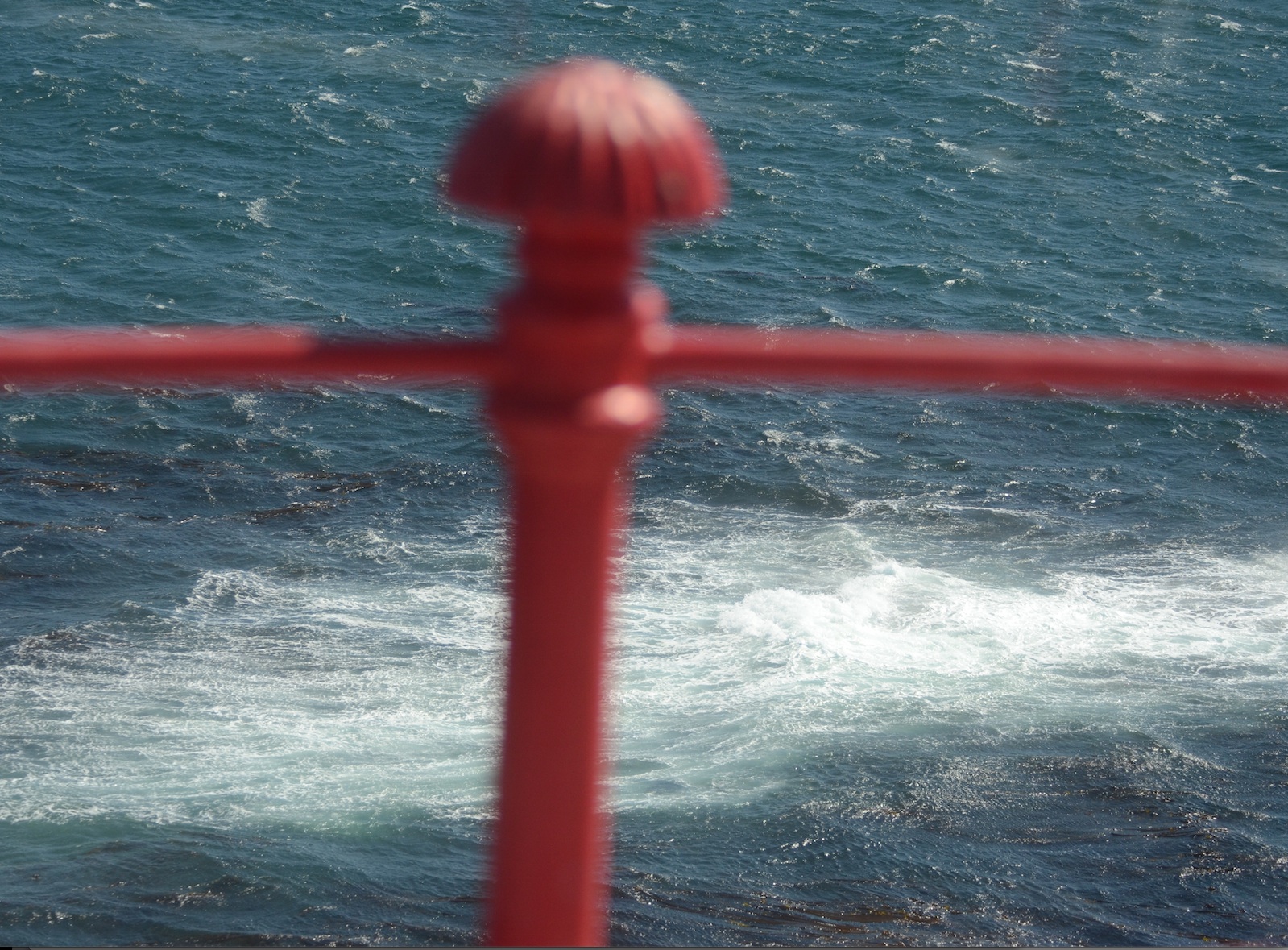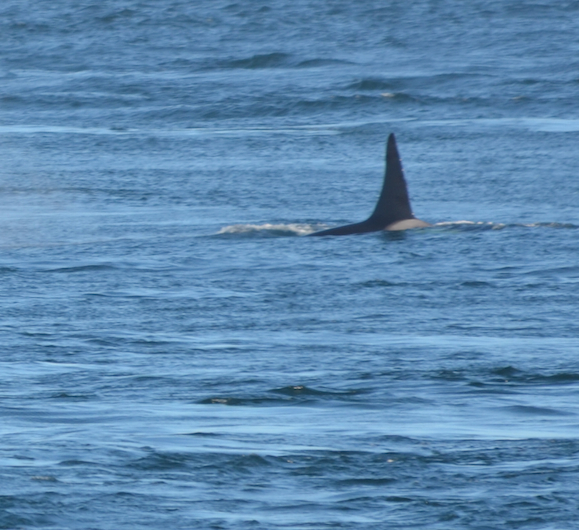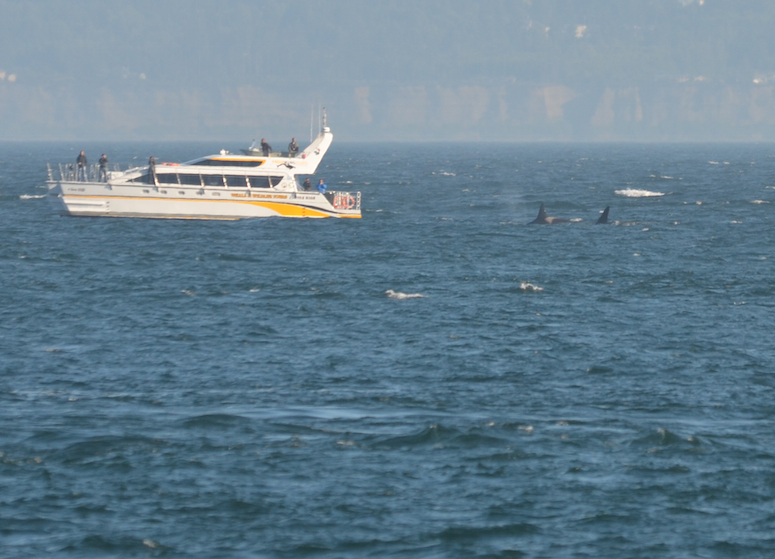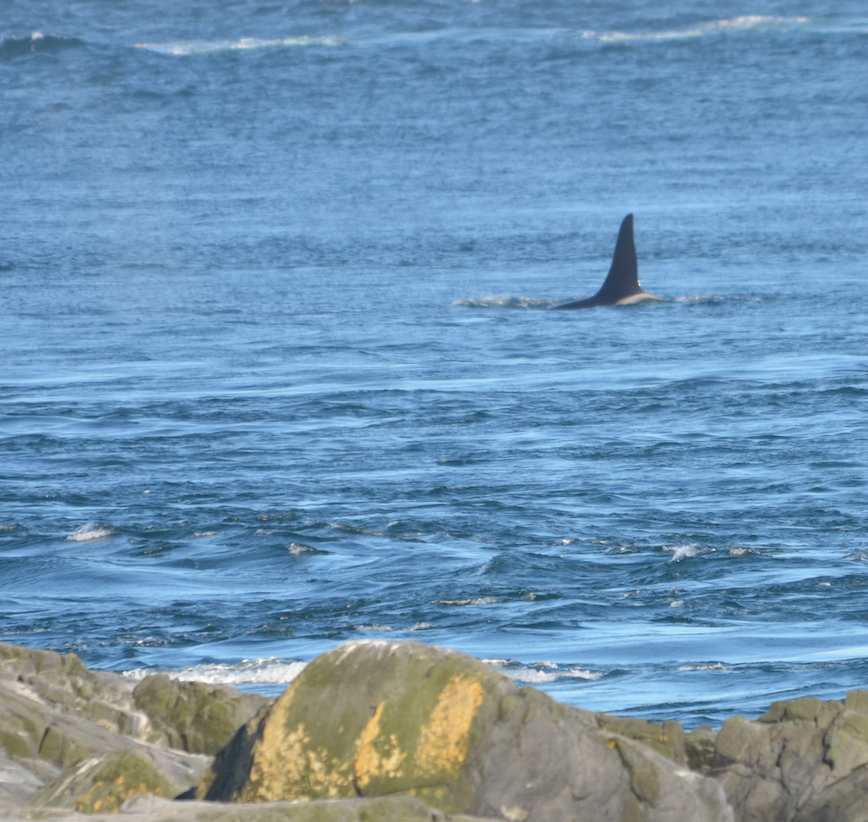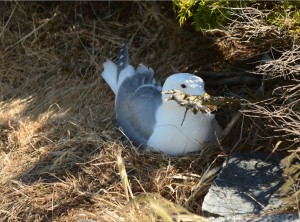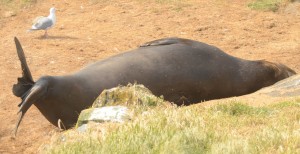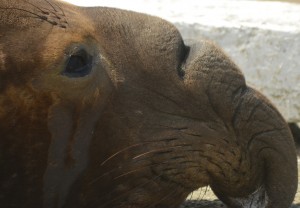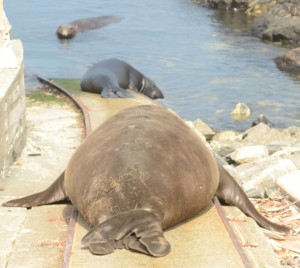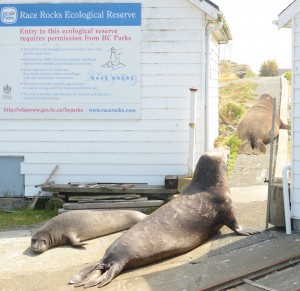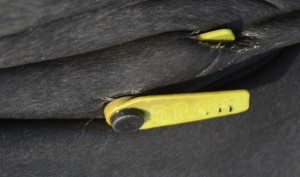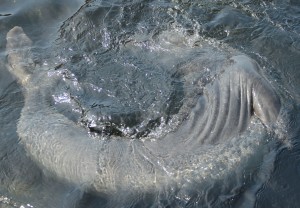The fog rolled in last night after dark and it was gone but not far away by mid-morning. Very light winds of 5 to 10 knots came from the south, southeast, southwest and west finally settling into a west southwest pattern.
The barometer spiked mid-day at 1018 hPA and then settled to 1016. The forecast is for light a variable winds, patches of fog dissipating late morning Friday in sunshine.
Only four whale watching boats were observed visiting the Ecological Reserve today. Two of the vessels were zodiacs and two were larger vessels packed with passengers. The same vessel that has been observed and photographed speeding in reserve before, was at it again today as well as almost sitting on top of the sea otter so the clients would get a good view. The owners and insurers of that vessel might be concerned if they knew about this operator’s risky manner. Three sports fishing vessels were also spotted and recorded, speeding through the go-slow zone. There are hundreds of animals in the water inside the reserve right now and reckless vessel operation puts them at risk as well as the people in the boats.
There were explosions at Rocky Point today with minimal impact on animal behaviour here.
Today was census day and here are the results.
Steller Sea Lion 313
California Sea Lion 726
Harbour Seal 157
Northern Elephant Seal 6
Sea Otter 1
River Otter at least one (assumed, not seen but evidence of it seen)
Southern Resident Killer Whale ~15 (Part of L-pod – during count week)
Humpback Whale 3 (during count week)
Canada Goose 4 full time (2 adults 2 goslings) (no other flocks visited)
Harlequin Duck 0
Double-crested Cormorant 7
Pelagic Cormorant 5
Brandt’s Cormorant 0
Black Oystercatcher
Black Turnstone 11
Ruddy Turnstone 0
Western Sandpiper 5
Kildeer 2
Glaucous-winged Gull 303 total (221- adults; – 82 juveniles)
California Gull 73
Herring Gull 1
Ring-billed Gull 1
Western Gull 0
Heerman’s Gull 7
Peregrine Falcon 1
Common Raven 1
Savannah Sparrow 12

